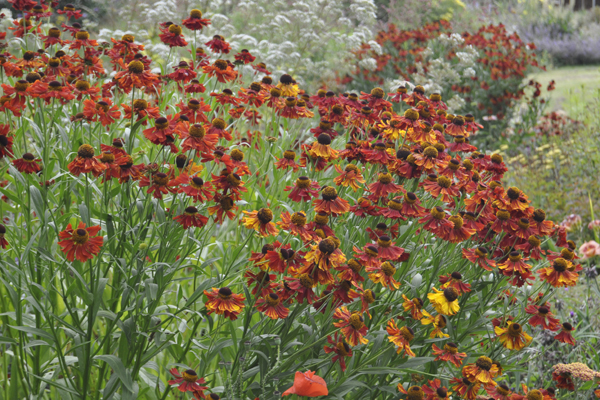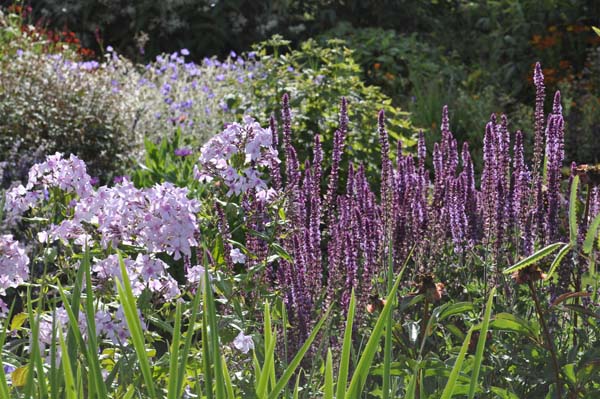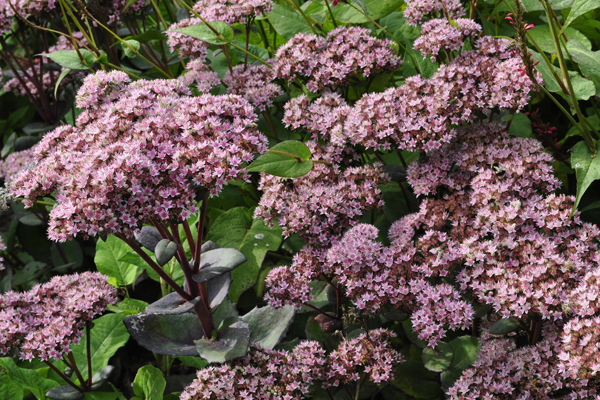A to Z of Perennials
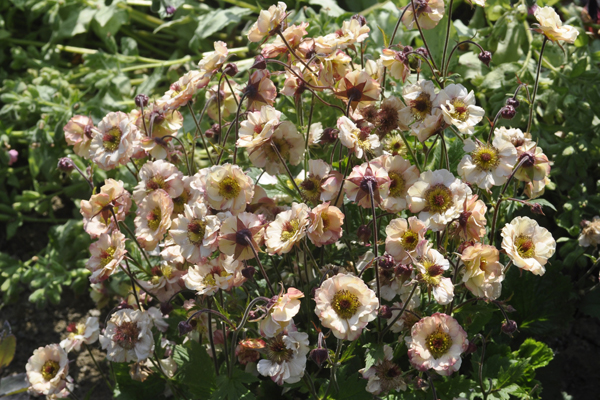 Geum (avens)
Geum (avens)
Geums are colourful, cheerful and easy-to-grow, popular hardy perennials. The flowers remind me of the strawberry plant; pretty and simply shaped, some produce dangling cup-shaped bells while other...
7 min read
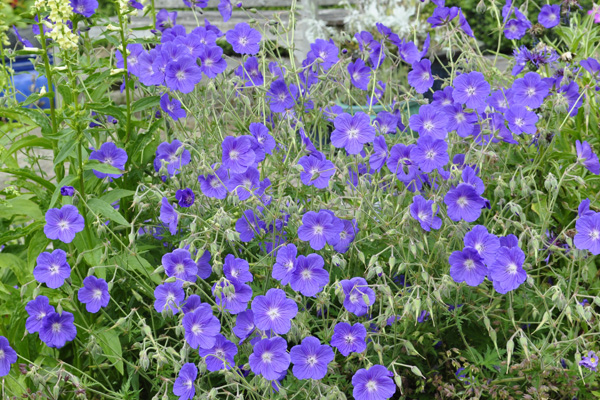 Hardy Geraniums
Hardy Geraniums
(Hardy geranium) Indispensable, easy to grow and often long-flowering, what more does any gardener want from a plant? We are, of course, talking about hardy geraniums as opposed to the brightly col...
12 min read
 Hemerocallis
Hemerocallis
This easy-to-grow, extremely tolerant group of plants produces lots of colourful flowers and for those who are just venturing into gardening or have little time Hemerocallis (Daylilies) require alm...
6 min read
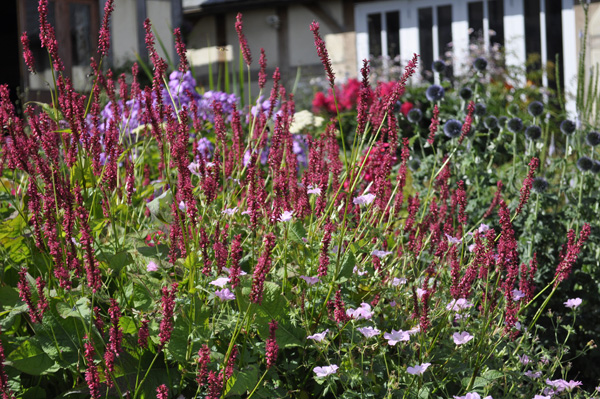 Persicaria
Persicaria
(Bistort or Knotweed) Persicaria are handsome, carefree plants that can be divided into two - ones that are big and ones that are small.
9 min read
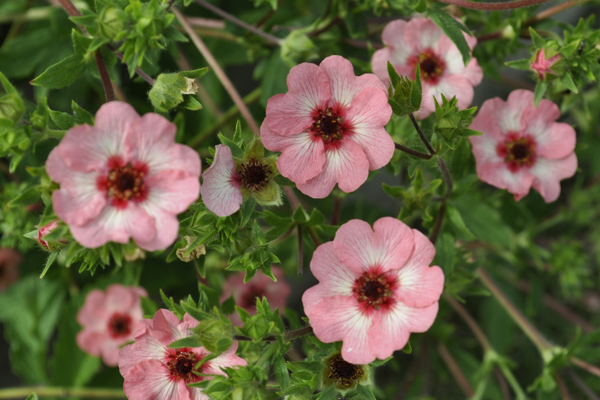 Potentilla
Potentilla
(Cinquefoil) Distinctly different to the popular shrubby potentillas, the flowers of herbaceous kinds (these are the none woody types) look very similar. Simple and pretty, unlike their shrubby cou...
5 min read
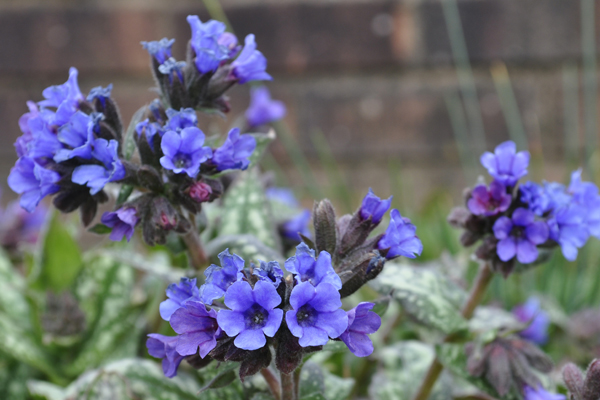 Pulmonaria
Pulmonaria
Hardy and easy to grow, Pulmonarias have been grown in gardens for centuries and as a result have many common names. The most familiar is ‘Lungwort’ which refers to an old assumption that it was a ...
9 min read
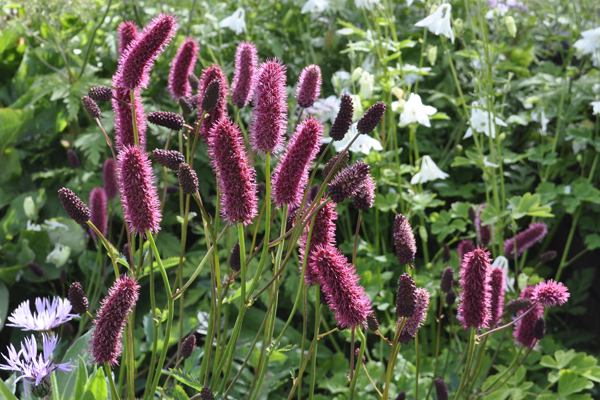 Sanguisorba
Sanguisorba
(Burnets) These are not the sort of plant that immediately leaps into the mind when considering plants for the garden, which is a shame because these tolerant, long-flowering hardy perennials marve...
5 min read
